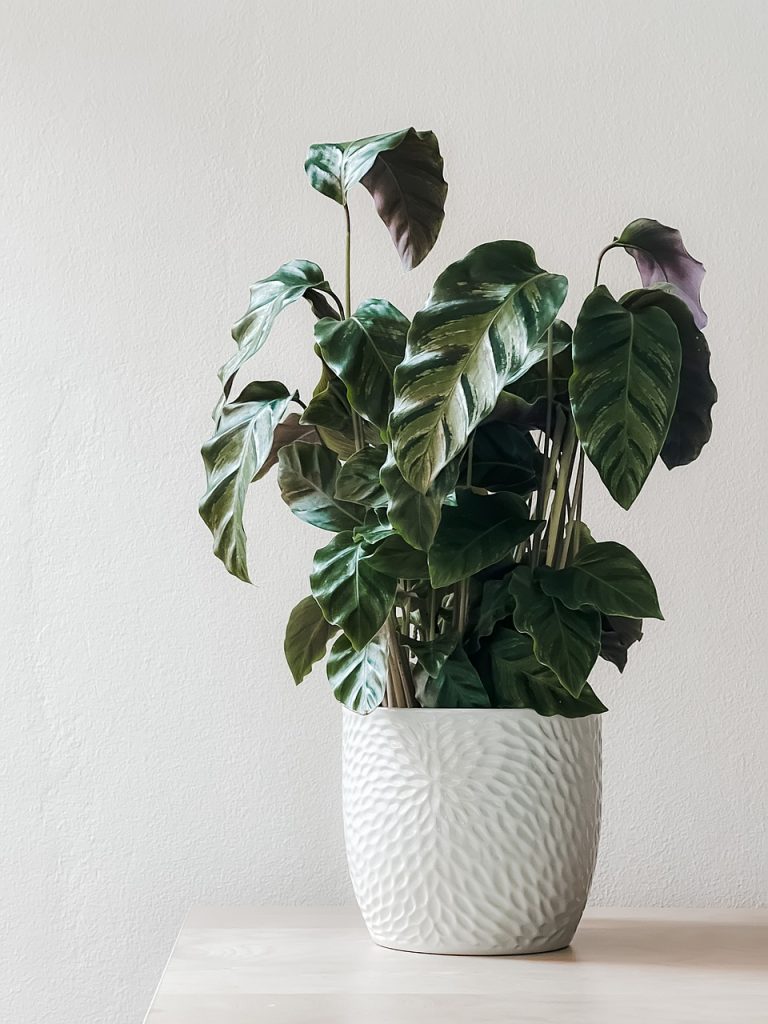Green Allies at Home: Houseplants as Climate Change Warriors

In the bustling chaos of our lives, there exists a simple, unassuming hero that has the power to combat climate change while offering a plethora of benefits for both the environment and our well-being. Enter houseplants – these vibrant, living wonders not only beautify our living spaces but also play a pivotal role in the fight against climate change.
Prepare to be amazed as we delve into the astonishing data, delve into the calming effects on mental health, and uncover how these green allies transform our homes into eco-conscious havens.
1. The Carbon-Capturing Sorcery of Houseplants
Would you believe that a humble peace lily on your windowsill could be a silent climate change warrior? Research indicates that houseplants possess the remarkable ability to absorb carbon dioxide and release oxygen through photosynthesis. Imagine the cumulative impact of millions of homes adorned with lush foliage – a collective effort that aids in reducing atmospheric carbon levels. Brands like The Sill and PlantTherapy offer a range of houseplants, turning every home into a mini-carbon sink.
2. Oxygenation and Indoor Air Quality
Houseplants not only take carbon dioxide but also cleanse the air we breathe. NASA’s Clean Air Study highlighted the air-purifying potential of various houseplants, which can remove pollutants such as formaldehyde, benzene, and trichloroethylene. This is particularly vital as indoor air quality can be even worse than outdoor air. Incorporating air-purifying plants like snake plants, spider plants, and pothos can enhance the well-being of your indoor space.
3. Mental Health Boost: Nature’s Antidote to Stress
Beyond their environmental role, houseplants have a therapeutic impact on mental health. Studies have shown that spending time in nature, or even just observing plants, can reduce stress and anxiety levels. Brands like Bloomscape and The Joy of Plants understand the significance of this connection, offering curated selections of indoor plants that bring a touch of serenity to your living spaces.
4. Natural Humidifiers: Green Guardians of Moisture
Houseplants aren’t just carbon-capturing marvels – they also function as natural humidifiers. As plants release moisture through a process known as transpiration, they increase the humidity levels in your home. This can alleviate dry skin, irritated throats, and even reduce energy consumption during dry winter months when heating systems tend to dry indoor air.
5. Boosting Productivity and Creativity
Having houseplants in your workspace can boost productivity and creativity. Research conducted at the University of Exeter showed that adding plants to office environments increased well-being and workplace satisfaction by up to 47%. Brands like Urban Jungle offer a variety of plants that can transform your workspace into a thriving haven of green inspiration.
6. Natural Sound Absorbers: Green Noise-Canceling Heroes
Houseplants not only provide visual beauty but can also act as natural sound absorbers. Their leaves can soften and diffuse sound waves, reducing ambient noise in your home. Terrain offers a selection of larger houseplants that can serve as stylish sound-cancelling accents.
7. Biodiversity in Miniature: Mini Ecosystems at Home
Creating a diverse collection of houseplants can mimic the biodiversity of natural ecosystems. Horti offer subscription services that deliver unique and rare plants to your doorstep. This biodiversity at home encourages a deeper appreciation for the natural world and serves as a microcosm of the wider environment.
Tips to Care for Houseplants: Nurturing Your Green Allies
Choose the Right Plant: Research the care needs of different plants to find ones that suit your lifestyle and environment.
Proper Light: Place plants according to their light requirements – low, medium, or bright.
Adequate Watering: Water according to each plant’s needs; overwatering can be just as harmful as underwatering.
Humidity Control: Mist plants that require higher humidity or group them together to create a humid microclimate.
Soil Health: Ensure well-draining soil and consider repotting if a plant has outgrown its container.
Fertilization: Feed plants with appropriate nutrients during the growing season, usually spring and summer.
Pruning and Trimming: Remove dead leaves and spent flowers to encourage new growth.
Pest Management: Regularly inspect plants for pests and address any infestations promptly.
Rotation: Turn plants occasionally to ensure even growth and prevent leaning towards light sources.
Observation and Adjustment: Pay attention to your plants’ responses and adjust care routines as needed.
In a world of complexity, houseplants offer a simple yet profound way to champion the environment while enriching our lives. From combatting carbon emissions to nurturing our mental health, these green allies stand as symbols of hope and change. By inviting them into our homes, we not only embark on a journey of nurturing growth but also contribute to a greater mission – one where our choices reverberate positively through our living spaces and beyond.





